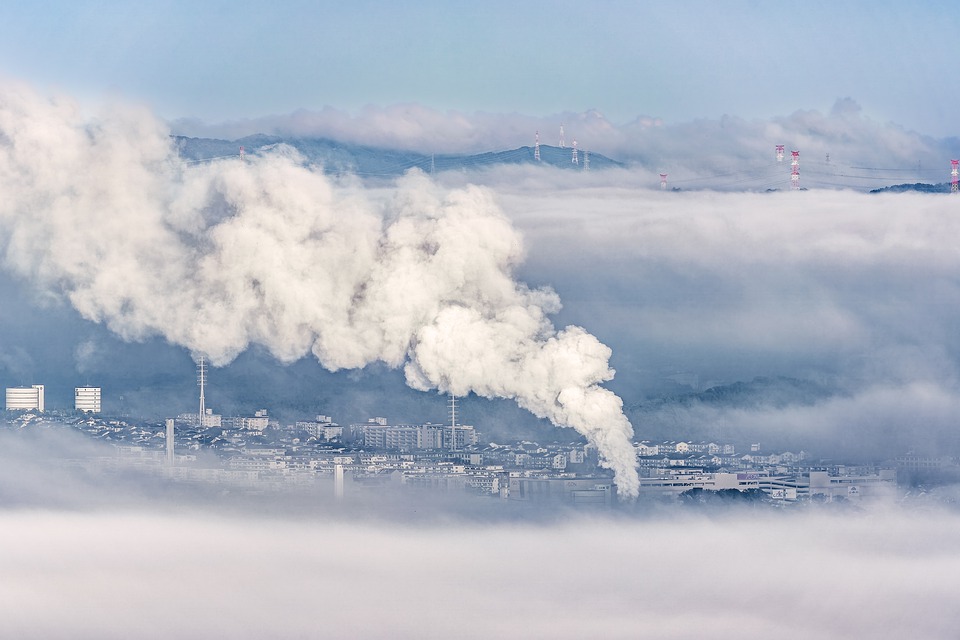Overview of Hawaii’s Unique Climate and Geography
Hawaii, an archipelago located in the central Pacific Ocean, is characterized by its diverse ecosystems, ranging from lush rainforests to arid deserts. The islands experience a tropical climate, with mild temperatures year-round and distinct wet and dry seasons. Understanding the impacts of climate change on Hawaii is crucial due to its unique biodiversity, cultural heritage, and economic reliance on natural resources.
Climate Change Overview
Climate change refers to long-term shifts in temperatures and weather patterns, primarily driven by human activities such as burning fossil fuels, deforestation, and industrial processes. Globally, climate change manifests in rising temperatures, altered precipitation patterns, and increased frequency of extreme weather events. For island ecosystems like Hawaii’s, these changes pose significant risks due to their isolation and vulnerability to environmental shifts.
Rising Sea Levels
Rising sea levels are one of the most pressing threats to Hawaii due to:
– Melting Ice Caps and Thermal Expansion: The combination of melting polar ice and the thermal expansion of seawater as it warms has led to significant sea level rise. In Hawaii, sea levels have risen approximately 10 inches since 1950 and are projected to rise further by 1 inch every 4 years[1].
– Risks to Coastal Communities: Coastal flooding is becoming more frequent, with 66,000 residents at risk from rising tides. Areas like Kailua face severe threats where 50% of the population is below expected flood zones[1]. Chronic flooding could displace over 13,000 residents and threaten essential infrastructure.
– Examples of Vulnerable Areas: Coastal cities such as Honolulu are particularly at risk, with projections indicating that by the end of the century, sea levels could rise between 1.3 feet and 5.8 feet, leading to extensive flooding and loss of land[1].
Changes in Temperature and Weather Patterns
Hawaii has experienced notable changes in temperature and precipitation:
– Temperature Increases: Average temperatures have risen significantly across the islands since 1950. Projections suggest an increase of 1.8°F to 7.2°F by 2100, which can exacerbate heat-related health issues and energy demands for cooling[6].
– Altered Precipitation Patterns: There has been a decline in rainfall across many regions, leading to increased drought conditions. Some areas may see a decrease in rainfall by up to 60% by 2100, significantly impacting freshwater availability for drinking and agriculture[6][7].
– Increased Extreme Weather Events: The frequency of hurricanes is expected to rise due to warmer ocean temperatures, posing risks not only from direct impacts but also from subsequent flooding events[6].
Impacts on Marine Ecosystems
Hawaii’s marine ecosystems are particularly vulnerable:
– Warming Ocean Temperatures: Coral reefs are experiencing heat stress leading to widespread coral bleaching. Even a temperature increase of just 1-2°C can cause significant damage[2].
– Ocean Acidification: Increased carbon dioxide levels are lowering ocean pH levels, affecting marine life that relies on calcium carbonate for their shells and skeletons.
– Biodiversity Threats: Coral reef degradation threatens biodiversity crucial for fisheries and tourism, with economic implications estimated at around $385 million annually due to declines in fish populations[7].
Impacts on Terrestrial Ecosystems
The effects of climate change extend beyond marine environments:
– Changes in Species Distribution: Native plant and animal species are shifting their ranges or declining due to changing climates. Increased competition from invasive species further threatens local biodiversity[7].
– Cultural Importance: Many native species hold cultural significance for Hawaiian communities. The loss of these species can lead not only to ecological but also cultural degradation.
Cultural and Economic Implications
Climate change poses serious challenges for local communities:
– Impact on Traditions: Traditional practices such as fishing and farming are threatened by environmental changes, affecting food security and cultural heritage.
– Economic Effects: Key industries like tourism, agriculture, and fishing face disruptions from climate impacts. The costs associated with climate adaptation efforts are substantial, requiring investment in infrastructure resilience[4][6].
Adaptation and Mitigation Strategies
Efforts are underway to combat climate change effects:
– State Initiatives: Hawaii has set ambitious goals for renewable energy adoption, aiming for 100% electricity sales from renewable sources by 2045. This includes significant investments in solar energy projects[3].
– Community Engagement: Programs like “Climate Ready Oʻahu” focus on community-driven strategies for resilience against climate impacts through education and sustainable practices[6].
FAQs
Common questions regarding climate change effects in Hawaii include:
– How will sea level rise affect daily life?
Rising sea levels threaten homes, infrastructure, and cultural sites along the coast.
– What can be done at the community level?
Local initiatives focusing on conservation, education about sustainable practices, and community engagement are essential for building resilience.
Conclusion
The multifaceted impacts of climate change on Hawaii underscore the urgent need for awareness and action. From rising sea levels threatening coastal communities to warming oceans jeopardizing marine ecosystems, the stakes are high for both residents and visitors alike. Community involvement in adaptation strategies is critical for safeguarding Hawaii’s unique environment and cultural heritage against ongoing climate challenges.

Kyle Whyte is a notable scholar and professor at the University of Michigan, holding positions such as the George Willis Pack Professor in the School for Environment and Sustainability and Professor of Philosophy. Specializing in environmental justice, his work critically examines climate policy and Indigenous peoples’ ethics, emphasizing the nexus between cooperative scientific endeavors and Indigenous justice. As an enrolled Citizen Potawatomi Nation member, he brings a vital perspective to his roles as a U.S. Science Envoy and member of the White House Environmental Justice Advisory Council. His influential research is supported by various prestigious organizations including the National Science Foundation, and disseminated through publications in high-impact journals. Kyle actively contributes to global Indigenous research methodologies and education, with affiliations to numerous institutes and societies dedicated to traditional knowledge and sustainability. Recognized for his academic and community engagement, Kyle has earned multiple awards and served in various visiting professorships. His efforts extend to leadership positions on boards and committees focused on environmental justice nationwide.
